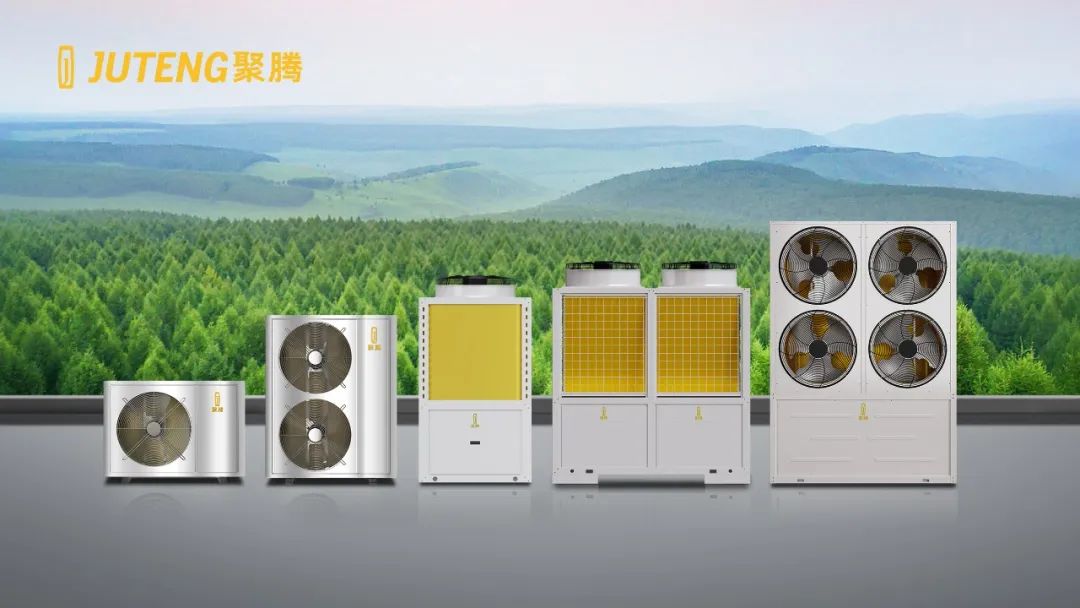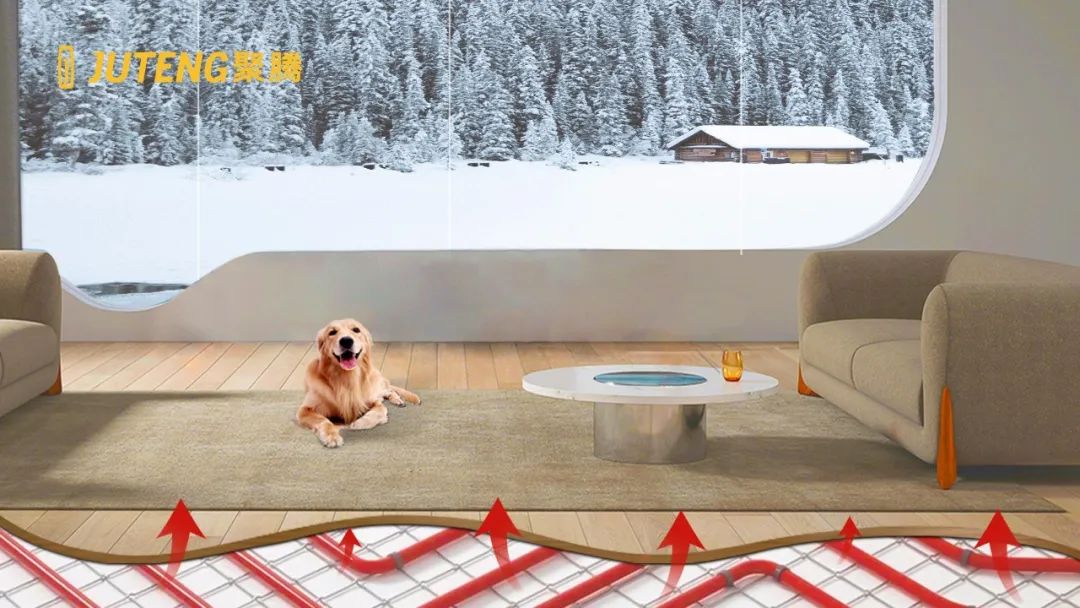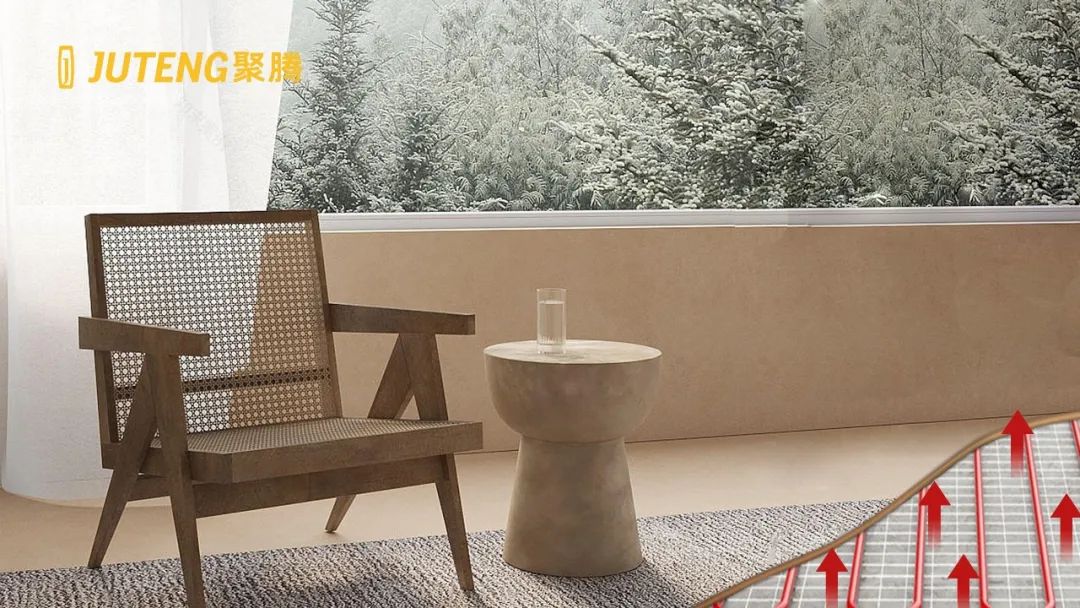In recent years, along with the "carbon peak" "carbon neutral" target policy landing, in order to reduce environmental pollution, reduce carbon emissions, northern cities began to seek alternatives to traditional coal-fired heating, environmental protection and energy-saving heating methods, air source heating will be on the stage at this time, become the new favorite in the field of centralized heating.

Air Source Heating with Remarkable Energy Saving Effect Air source heating utilizes air source heat pump equipment to collect the heat in the air and then deliver the heat to the end in the form of hot water for heating. Air source heating is not directly heated by electricity, but a small amount of electric energy to drive the compressor work, compared with the traditional heating method, air source heat pumps consume 1 share of electricity can produce more than 3 to 4 shares of heat, so the energy saving effect is obvious.

Air source heating offers good comfort Traditional centralized heating methods often have large temperature fluctuations, large local temperature differences and other problems, while the air source heat pump can be precisely controlled by the heat output, you can achieve a constant and uniform indoor temperature, which effectively improve the quality of life of residents.

Air source heating is green and pollution-free In terms of environmental protection, air energy heat pump heating also has significant advantages. Air energy does not use oil, gas or coal, and does not produce pollutant emissions during operation, which has almost no impact on the environment. This is not only conducive to the protection of the ecological environment, but also helps to improve the air quality of the city.

As a new type of heating technology, air source heat pump has the advantages of safety, environmental protection, energy saving, high efficiency and comfort. With the continuous progress of technology, air source heat pumps are more and more widely used in the field of centralized heating, and have become the preferred equipment for centralized heating and household heating in the north, providing users with a green and comfortable heating life, and contributing to the "double carbon" goal.
















































